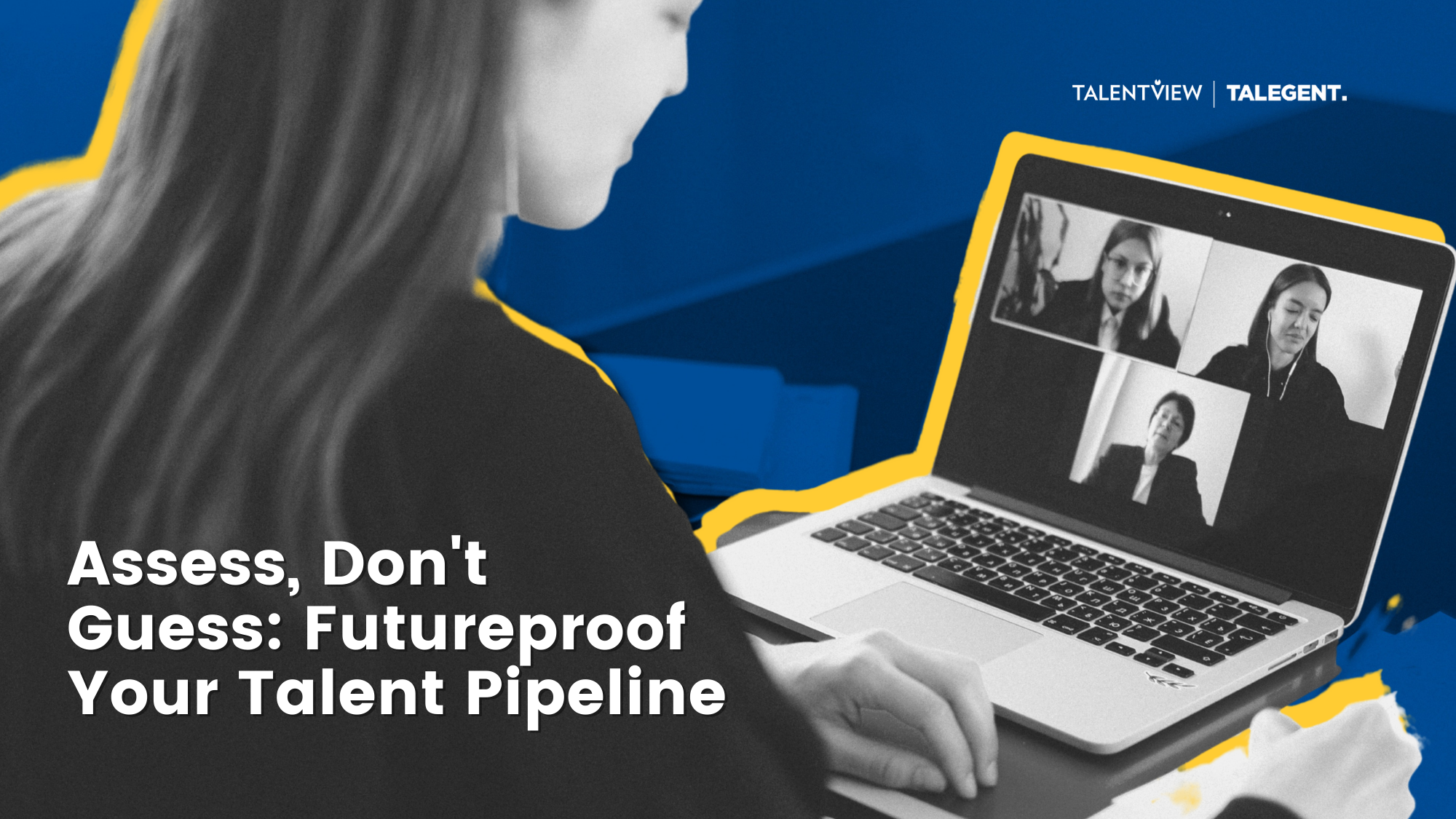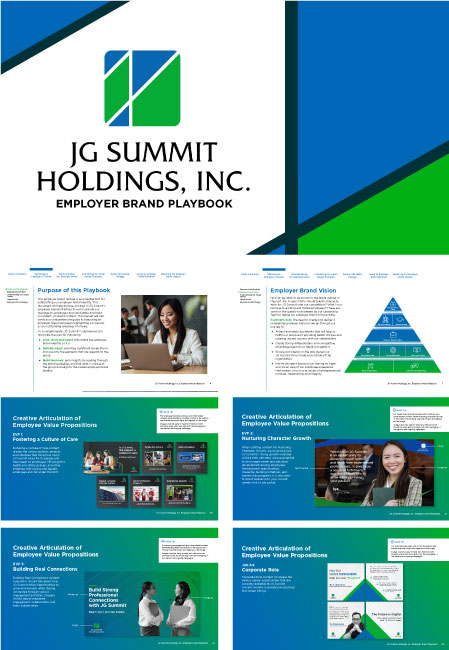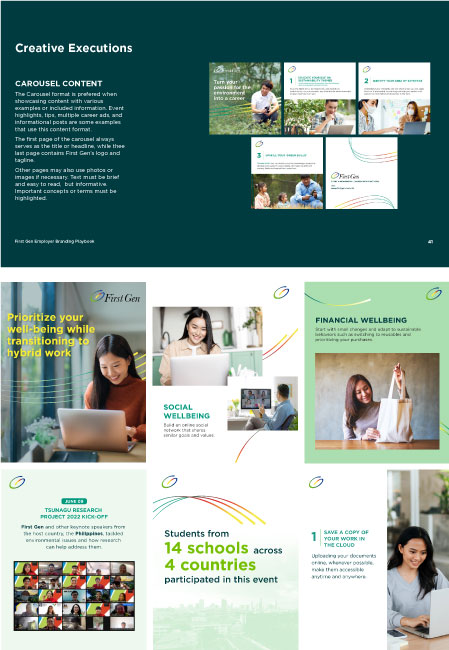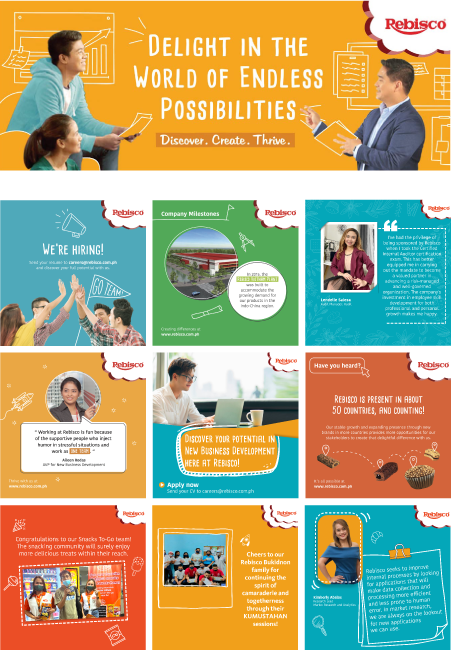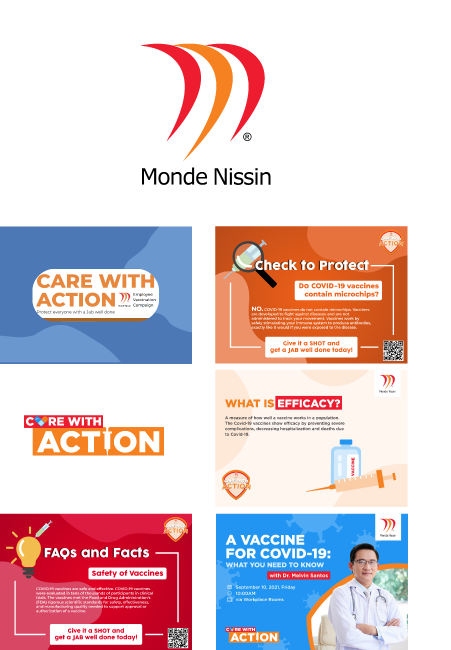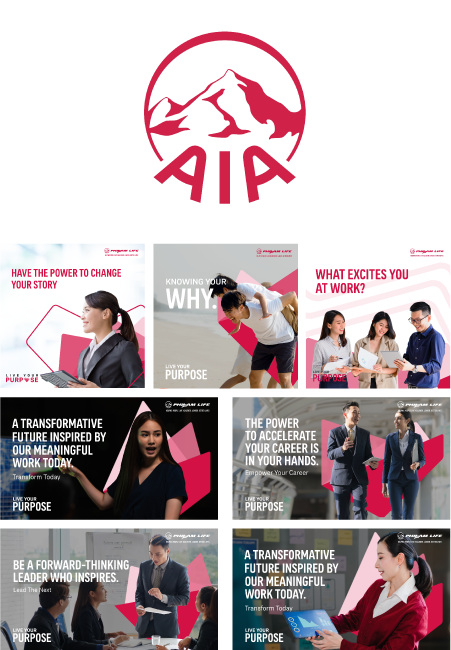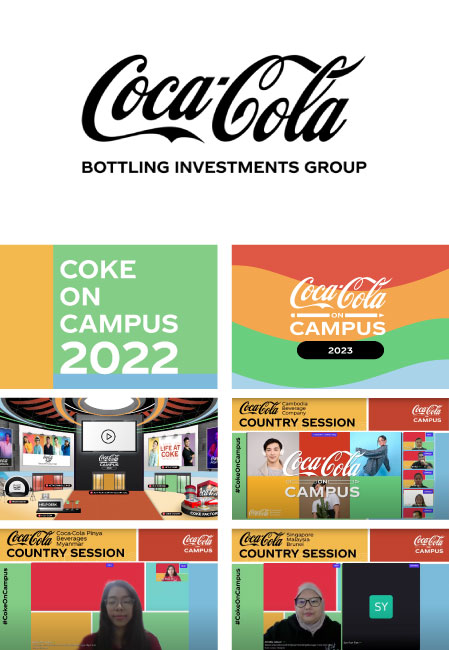Assess, Don't Guess:
Futureproof Your Talent Pipeline
Introduction
Futureproof is the buzzword often associated with the post-pandemic world. Organizations revisit short-term strategies to make sure the long-term vision withstands. While technology definitely plays a huge part, we cannot discount who will make this change happen: your people. A good strategy is a wasted strategy without people who can execute them. So, what does future-proofing mean in the context of your people?
According to Gartner, 68% of organizations prioritize building critical skills and competencies in 2021, while 44% will focus on the current and future leadership bench. However, one-third or more HR leaders agree that some of the significant challenges are lack of visibility or understanding of skills gaps and inability to integrate learning into their team’s workflows.
These roadblocks are present in the frontline field force and at the top of the ladder. You cannot futureproof an organization without a solid foundation. You need to look for talents who can adapt to the challenges and advance your vision. Whether you’ll source internally or externally, finding talents can be easy; finding the right one takes a bit more consideration.
We’ve created a guide on how to measure and develop these critical competencies in your organization.

Self-Insight and Emotional Intelligence
What It Looks Like: Demonstrates awareness of their strengths and limitations. Welcomes feedback on their performance. Works out what motivates people. Demonstrates care and understanding of peoples’ feelings.
How to Measure: While everyone understands themselves to a degree, an individual’s level of self-insight and emotional intelligence becomes apparent during high-stress situations or difficult conversations. Roleplay exercises are used to simulate scenarios such as coaching conversations to see these competencies in action. It can be a discussion with a demotivated team member who did not get the promotion he wanted or an unruly direct report that keeps getting negative feedback. Observe how they respond. Do they know how to probe to uncover the situation more? Are they asking the right questions? Did the team member (roleplayer) leave the conversation feeling empowered instead of disheartened?
How to Develop: Create an environment that is open to sharing challenges and encourages self-reflection. Provide them with specific and constructive performance feedback.

Learning Agility & Digital Fluency
What It Looks Like: Enjoys learning about the theories behind things. Picks up and applies new information quickly. Seeks opportunities to expand and learn more. Utilizes digital savviness to improve work.
How to Measure: Put them in situations where they had to piece together information they had not encountered before. Case studies provide an avenue to test their ability to comprehend problems and propose solutions. Topics vary depending on their role in the organization. A sales manager can create a sales forecast for a market expansion; a marketing manager can design a brand plan for a product launch. Have them present their proposals to a panel of evaluators. Do they consider the relevant factors that go into each business situation? Are their recommendations sound?
How to Develop: Develop gamified learning initiatives like Facebook’s Hackathon to keep them highly engaged. Ensure they have a challenging workload that utilizes their potential and opportunity to showcase them in the organization.

Resilience
What It Looks Like: Perseveres in the face of setbacks. Believes in their ability to succeed. Focuses on opportunities rather than problems. Reacts well to change, variety, and new situations.
How to Measure: Nothing tested anyone’s resilience more than the recent shift in work. Through a Behavioral Event Interview, ask for critical incidents highlighting their accomplishments and challenges in the past year. How did they adapt to remote work? How did they push themselves to keep going despite the difficulty? Follow the STAR (Situation, Task, Action, Result) methodology in crafting your questions to help you visualize their situation and assess their actions; If they cite a team-based accomplishment, probe for their contribution in reaching their goal.
How to Develop: Conduct regular check-ins, especially during high-pressure situations. Adopt a supportive approach to help them overcome and adjust to the challenges they face, using a lot of encouragement. They may also benefit from learning stress management techniques such as mindfulness or diaphragmatic breathing.

Influence & Stakeholder Management
What It Looks Like: Effectively influences the opinions and actions of others. Feels comfortable initiating interactions with stakeholders. Comes across as being confident during negotiations or discussions. Reads interpersonal cues and adjusts their approach.
How to Measure: 360-Degree Feedback provides an overview of how they interact and work with different stakeholders. While the results are often seen as a whole, it is also essential to dissect the differences in their ratings. Be on the lookout for individuals who get high ratings from their superiors but low ratings from peers or direct reports. It may raise some red flag behaviors when they can influence upwards but cannot get the buy-in of their direct reports. As this is a subjective rating, you need to build the feedback context by getting validation from the individual or their evaluator.
How to Develop: Provide the employee an opportunity to work with cross-functional projects and multiple stakeholders. They can work as a potential coach and mentor for less experienced talent in the organization.

Growth Mindset
What It Looks Like: Pushes themselves forward towards goals. Focuses on long-term payoffs over short-term temptations. Has confidence in their ability to succeed. Reflects and draws on past experiences.
How to Measure: Individuals who have a growth mindset consistently think about their goals and ways to achieve them. Career Aspiration Interviews are opportunities to facilitate this discussion either with their line manager or HR representative. Asking them about their short-term and long-term career goals may sound cliche, but it tells a lot about their vision for themselves and their commitment to it. Do they have a mapped-out plan to reach their goals? Have they thought about potential barriers and how they can overcome them? Do they have a clear sense of purpose? Conversations about an individual’s professional development fuel a growth mindset.
How to Develop: Consider placing the talent in fast-paced projects to practice new skills and knowledge immediately. Assign a mentor that can guide them in their chosen career path.
Conclusion
Creating a robust talent pipeline takes effort and focus, but it’s worth the commitment with the business strategy on the line. The good news is you don’t have to do it alone. There are a lot of tools available in the market that can help you make this happen.
Talk to us about identifying your team’s skills gaps and building a leadership pipeline.
DOWNLOAD TALEGENT VIDEO INTERVIEW PRIMER

Fill out the form below to Download Talegent video interview primer

TalentView is a leader in employer branding strategy, design and technology. With teams across the ASEAN region, TalentView’s professional solutions help to create memorable experiences across the talent lifecycle to attract, engage and retain talent. Working directly with business leaders in Fortune 1000 companies, TalentView is well-positioned to provide talent insights and is an accredited partner of key global players including Workplace from Facebook, Talegent, Indeed, Hootsuite, Digimind and PhoenixATS.
Copyright © TalentView Asia, 2021 | Privacy Policy
